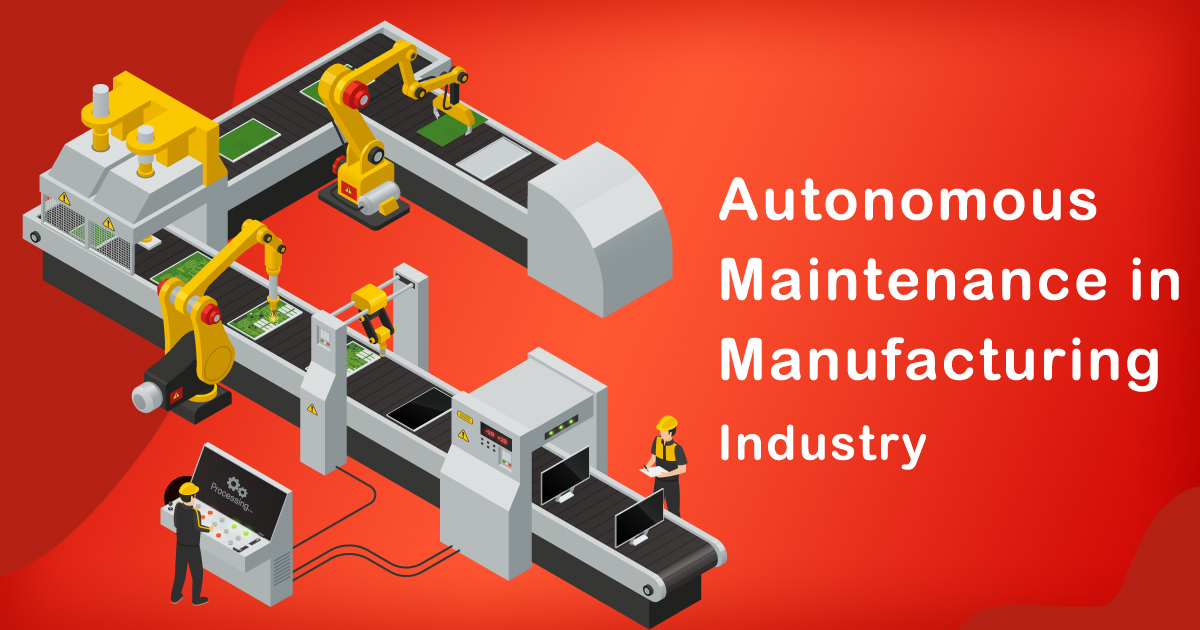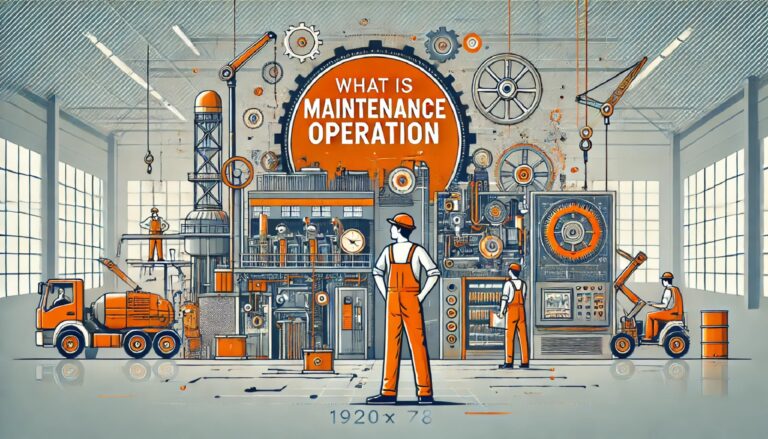Introduction
In the dynamic landscape of the Indian manufacturing industry, companies are constantly striving for operational excellence and enhanced productivity. Among the various methodologies and practices embraced by these organizations, Autonomous Maintenance (AM) has emerged as a powerful tool. AM empowers frontline workers to take charge of their equipment’s upkeep, leading to increased equipment reliability, reduced downtime, and overall operational efficiency. In this blog, we will delve into the significance of Autonomous Maintenance in the Indian manufacturing context, supported by research and facts.
The Indian Manufacturing Landscape:
India’s manufacturing sector has long been a critical driver of its economic growth. The ‘Make in India’ initiative further bolstered the nation’s focus on manufacturing, attracting investments from both domestic and foreign players. According to a report by the Department for Promotion of Industry and Internal Trade (DPIIT), India’s manufacturing Gross Value Added (GVA) grew at a CAGR of 5.5% between 2011-12 and 2017-18. Such robust growth places immense pressure on manufacturers to optimize operations and maintain a competitive edge.
Understanding Autonomous Maintenance:
Autonomous Maintenance is a pillar of the Total Productive Maintenance (TPM) system, which aims to maximize equipment effectiveness and minimize losses. It entails transferring the responsibility of routine maintenance tasks to equipment operators or frontline workers. By involving operators in equipment care, AM fosters a sense of ownership and accountability, leading to increased diligence in maintenance activities.
Benefits of Autonomous Maintenance:
1) Reduced Downtime:
With operators performing regular checks and minor maintenance tasks, the likelihood of unexpected breakdowns decreases significantly. This proactive approach helps in identifying and rectifying issues before they escalate, leading to reduced downtime and increased overall equipment effectiveness.
2) Increased Equipment Reliability:
Autonomous Maintenance emphasizes early detection and prevention of equipment failures. The operators become intimately familiar with the machines they work with, enabling them to identify abnormalities promptly and address them effectively, thereby enhancing equipment reliability.
3) Empowerment of Frontline Workers:
AM empowers operators by providing them with the necessary training and skills to maintain their equipment. This increased responsibility and skill development lead to a more engaged and motivated workforce, positively impacting the overall work culture.
4) Cost Savings:
Preventive maintenance and timely repairs lead to cost savings for manufacturing companies. By reducing expensive emergency repairs and production losses due to downtime, AM contributes to the organization’s bottom line.
Autonomous Maintenance in the Indian Context:
The adoption of Autonomous Maintenance in India’s manufacturing industry has been steadily gaining momentum. A case study conducted by the International Journal of Innovative Research in Science, Engineering, and Technology on a prominent Indian automobile manufacturing plant revealed remarkable improvements after implementing AM. The study reported a 15% reduction in downtime, a 25% decrease in maintenance costs, and a 20% increase in equipment availability.
Furthermore, the ‘Atmanirbhar Bharat’ (Self-Reliant India) campaign, launched to promote indigenous manufacturing, has highlighted the need for operational efficiency. Many Indian manufacturers are recognizing the potential of AM in achieving this goal and are investing in training their workforce accordingly.
Challenges and Implementation Strategies:
While the benefits of Autonomous Maintenance are evident, its successful implementation requires overcoming several challenges. One significant hurdle is changing the traditional mindset, where maintenance was often perceived as a separate department’s sole responsibility. To address this, companies must invest in employee training programs that emphasize the importance of operator involvement in maintenance.
Additionally, continuous monitoring and assessment are crucial to ensure the sustained success of AM practices. Regular audits and performance evaluations can help identify areas for improvement and ensure compliance with maintenance schedules.
Conclusion:
In the Indian manufacturing industry, the adoption of Autonomous Maintenance is not just a trend but a necessity for thriving in a competitive market. The approach’s emphasis on proactive maintenance, increased equipment reliability, and the empowerment of frontline workers aligns well with the nation’s vision of a self-reliant manufacturing sector. By leveraging AM effectively, Indian manufacturers can drive operational excellence, reduce downtime, and contribute significantly to the country’s economic growth.
In conclusion, the transformative power of Autonomous Maintenance will continue to shape the future of India’s manufacturing industry, providing companies with a distinct edge in an increasingly globalized market.
References:
- Department for Promotion of Industry and Internal Trade (DPIIT) Report, 2019.
- International Journal of Innovative Research in Science, Engineering, and Technology, 2018. Vol 7, Issue 9. Case study: Implementation of TPM in Indian Automotive Industry.








